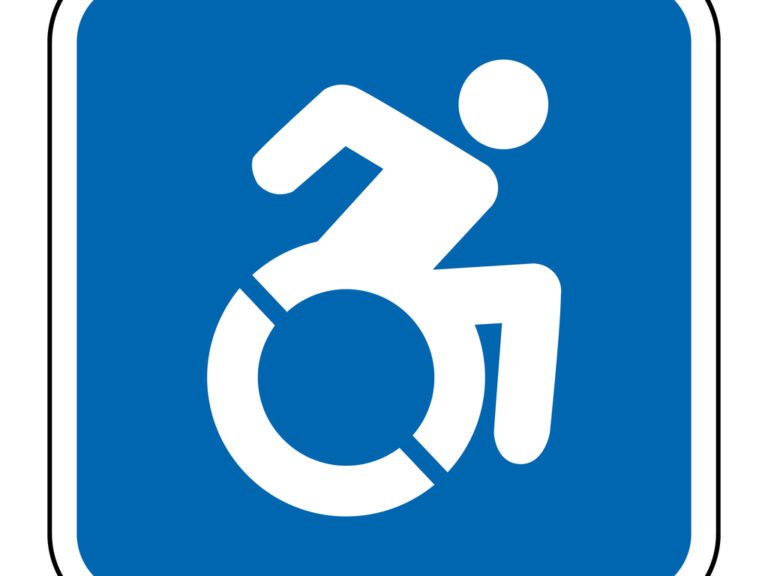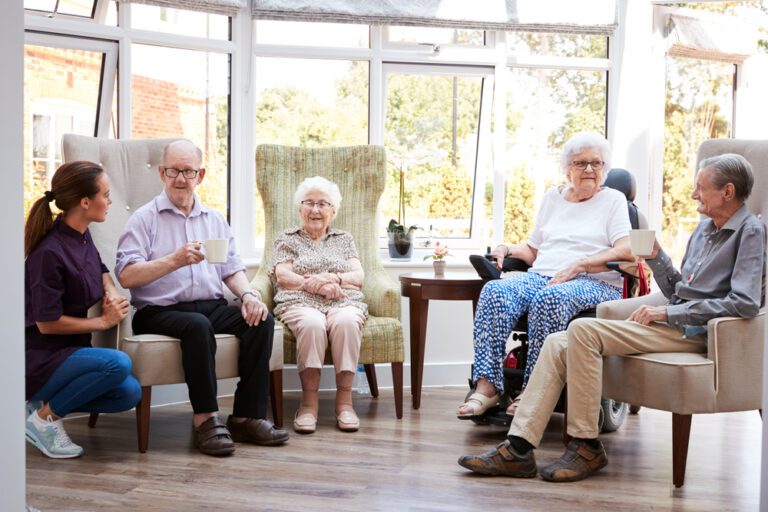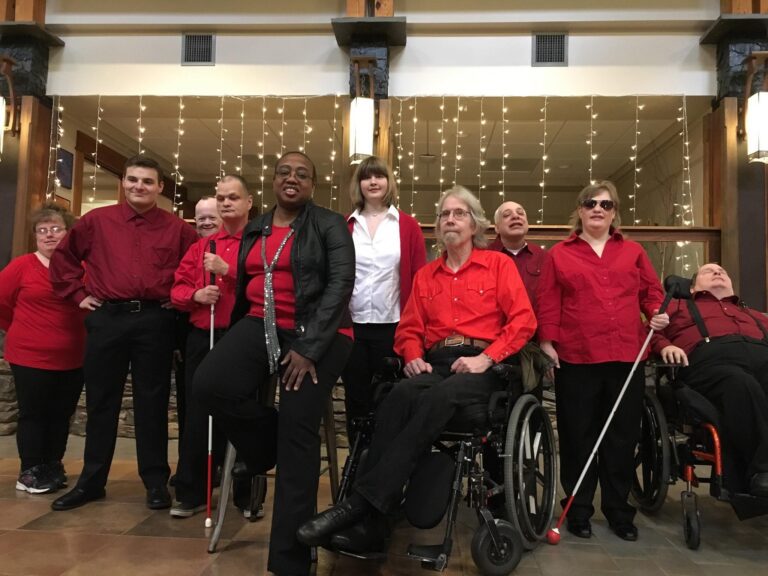My favorite Muppet, Kermit, said it best: “It’s not easy being green.”
Like any good mom, I try to lead my family down the do-the-right-thing path as we go about our suburban lives. This includes adopting environmentally friendly habits as I try to instill a leave-no-trace mentality in my family. Let’s just say they’re about ready to stuff me into the recycling bin with my attempts to “green up” our lives.
“Listen, Mother Earth, you need to chill,” my husband Kevin says to me on a regular basis as I try to shove my save-the-planet philosophy down my family’s throat. I admit that I sometimes go a little overboard in my efforts. I also admit that I sometimes fail miserably at my own green habits due to inconvenience or the reality of living with teen boys. For example, I’ve drilled my kids on the importance of the three big “R’s”: reduce, reuse, and recycle. Yet, despite my best efforts, we often fall short.
Reduce:
The Good: To cut down on all the harmful chemicals and reduce the influx of disposable containers in our home, I sometimes make my own non-toxic cleaning products with simple ingredients like water, vinegar, and lemon juice.
The Bad: While this DIY approach works as effectively as most cleaners, I’m banned from using them when my family is at home because they claim it makes the house smell like pungent salad dressing. Which it does, but only for 10 minutes.
The Ugly: With two teen boys in the house, I’m not against breaking out the Lysol as needed. I’m all for “going green,” but teen messes and smelly soccer cleats demand the toxic big guns, like bleach, alkyl, dimethyl benzyl, and other ingredients I can’t pronounce. Ozone layer, air quality, and clean water be damned! I’m trying to survive two teenagers.
Reuse:
The Good: We own at least a dozen refillable water bottles, which we regularly take to school, work, soccer games, etc. One drink at a time, we’re not adding to the county landfill. Yay, us!
The Bad: While we’ve slowly up graded most of our water bottles to stainless steel or BPA-free plastic over the years, a few “bad plastics” still lurk in our cupboards. For unknown reasons, we’re still holding onto a few toxic, BPA-laden freebies emblazoned with our local radio station’s logo.
The Ugly: At this very moment, we’ve got a case of disposable water bottles sitting on our back porch. Despite our best efforts to bring reusable containers everywhere, we’ve just committed the pinnacle of atrocious eco-crimes. Not only did we buy disposable water bottles, but we bought them in bulk. What kind of monsters are we?
Recycle:
The Good: My family has dubbed me the Recycling Nazi for my zealot-level intensity of recycling. Each week, our recycling bins overflow with aluminum cans, plastic bottles, newspapers, and empty cereal boxes. I’m thrilled that we’ve reduced our carbon footprint.
The Bad: Sometimes my overly aggressive efforts tick off my husband, like when he hasn’t yet read the Sunday newspaper, and I’ve already tossed it into the recycling bin by 10 a.m. that morning. (This is where he starts, “Listen, Mother Earth….”)
The Ugly: Like George Costanza picking a Twinkie out of the trash in a classic Seinfeld episode, I’ve been known to pluck a perfectly good empty toilet paper roll out of the bathroom waste can and put it in the recycling bin. My husband thinks I’ve sunk to a new low. But do you know how many trees I’ve saved over the years?
While I’ve got the best of intentions, I struggle with trying to set a good example and then consistently live up to it. For example, rather than waste gallons of water while brushing my teeth, I turn the faucet off until I’m ready to “rinse and spit.” Sometimes my husband or the boys will leave the faucet running full blast while brushing their teeth. “My God, you can bathe a toddler with all the water you’re wasting!” I chastise over the gushing stream. The problem? My hypocrisy comes back to haunt me when they point out that I take longer showers than a construction worker after along, hot day on the job. Damn, they’re right.
Yet, despite my eco-fails, I keep trying to live the green life. In fact, I’ve seriously asked for a compost bin for Mother’s Day for the last five years. So far, no one’s running to Home Depot to fulfill my wish. Instead, I usually receive flowers on Mother’s Day. Of course, when they die, I could have tossed them into the compost bin IF I HAD ONE. The struggle is real, people.
I agree with Kermit. It’s not easy being green.














